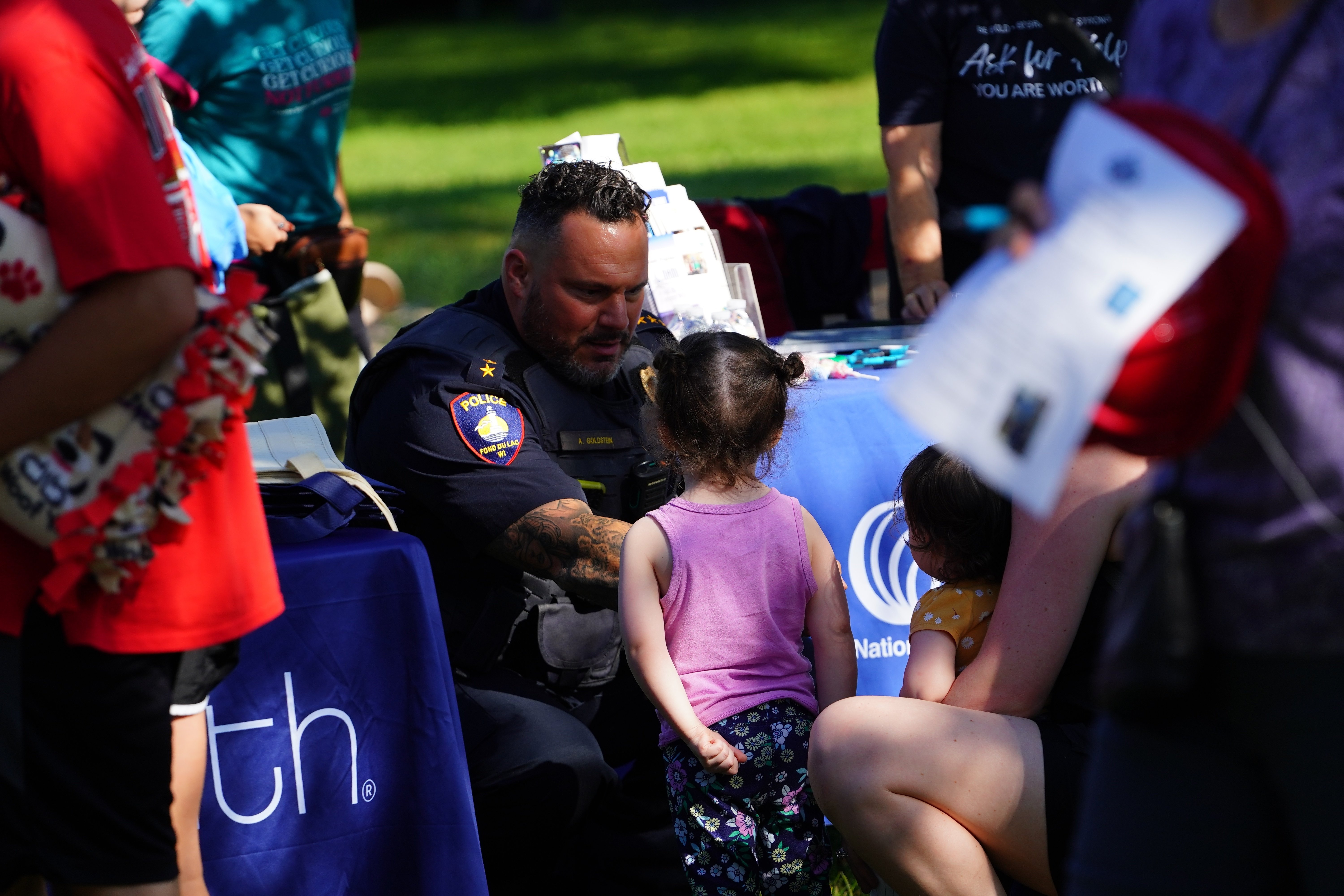Rural Policing: How Community Engagement Addresses Unique Challenges
.png)
Zencity
The Platform for Community Trust
Rural policing comes with unique challenges that set it apart from urban law enforcement. Resource constraints, geographic isolation, and limited access to training and technology make rural policing a demanding task. However, these challenges also present an opportunity: community engagement. By building strong connections with residents and local organizations, rural police departments can enhance public safety, foster trust, and effectively address the issues they face.
- Resource Constraints and Community Support
Many rural police departments operate with limited budgets and small staff numbers. Officers often juggle multiple roles and face longer response times due to vast areas they cover. Engaging the community can help alleviate some of this pressure. Programs like neighborhood watch groups, volunteer reserve deputies, and community policing initiatives empower residents to take an active role in public safety. This collaborative approach lightens the workload for officers and ensures quicker responses to local concerns. - Geographic Isolation and Local Partnerships
The physical distance between rural communities can slow response times and make law enforcement feel distant. Community engagement helps bridge this gap. By fostering relationships with local organizations, schools, and businesses, police departments can create a network of allies who can provide critical information and support. These partnerships are invaluable during emergencies, where local knowledge and quick coordination can make a significant difference. - Limited Access to Training and Technology: A Community-Driven Approach
Rural agencies often struggle with access to advanced training and policing technologies due to budget limitations. Community engagement can help offset this by tapping into local resources and expertise. Collaborating with local colleges, universities, or private sector partners can provide access to training opportunities and technological support. Additionally, leveraging community feedback allows agencies to prioritize the tools and strategies that will be most effective in their unique context. - Close-Knit Community Dynamics
In rural areas, officers often have deep connections with the community. This familiarity can be both a strength and a challenge, as personal relationships might complicate policing efforts. However, proactive community engagement can help officers navigate these dynamics more effectively. By regularly communicating with residents, holding community meetings, and being transparent about policing efforts, departments can build trust and establish a shared sense of responsibility for public safety. - Addressing High Rates of Specific Crimes Through Community Collaboration
Rural areas often face higher rates of certain crimes, such as domestic violence, substance abuse, and property crimes. Engaging community organizations, such as local shelters, addiction recovery centers, and mental health services, allows law enforcement to address these issues more holistically. Joint efforts between police and community partners can lead to tailored prevention programs and more effective interventions, ultimately reducing the burden on law enforcement.
How Community Engagement Offers Innovative Solutions
- Community Policing Initiatives
Community policing is at the heart of effective rural law enforcement. By actively involving residents in problem-solving and decision-making, police departments can create tailored responses to local challenges. Programs like citizen advisory boards, ride-alongs, and open forums provide valuable insights into community concerns, helping officers address issues before they escalate. - Collaborative Crisis Intervention
Mental health and substance abuse are significant concerns in rural areas, and police officers are often the first responders to related incidents. Partnering with local mental health professionals and social services can create more effective crisis response teams. Community-led crisis intervention training programs also equip officers with the skills they need to de-escalate situations, ensuring residents receive the appropriate care and support. - Building Trust Through Transparency and Communication
In small communities, trust is a critical component of effective policing. Departments that prioritize transparency—through regular communication, social media updates, and community meetings—build stronger relationships with residents. This trust encourages community members to report crimes, share information, and participate in safety initiatives, creating a safer environment for everyone. - Youth Engagement Programs
Engaging young people is key to long-term community safety. Programs that involve local youth in policing efforts, such as mentorship initiatives, youth advisory councils, and school resource officer programs, help build positive relationships between law enforcement and the next generation. These programs also provide opportunities for officers to address issues like bullying, substance abuse, and gang prevention in a proactive manner. - Leveraging Local Knowledge and Expertise
Rural residents possess a wealth of local knowledge that can significantly aid law enforcement. Departments that actively seek input from residents on issues like traffic safety, crime hotspots, or suspicious activity can develop more effective strategies. This local intelligence is invaluable, especially in remote areas where traditional policing methods may fall short.
Conclusion
Community engagement is essential for overcoming the unique challenges of rural policing. By building strong partnerships with residents and local organizations, rural law enforcement can effectively extend its capabilities despite limited resources. Active communication and collaboration foster trust, making the community a valuable ally in addressing issues like crime reporting, mental health crises, and substance abuse. Engaging the community not only enhances public safety but also creates a supportive environment where law enforcement and residents work hand-in-hand to tackle challenges and build a safer, more resilient community.
%20copy-1.png?width=544&height=120&name=Logo_black%20(1)%20copy-1.png)




